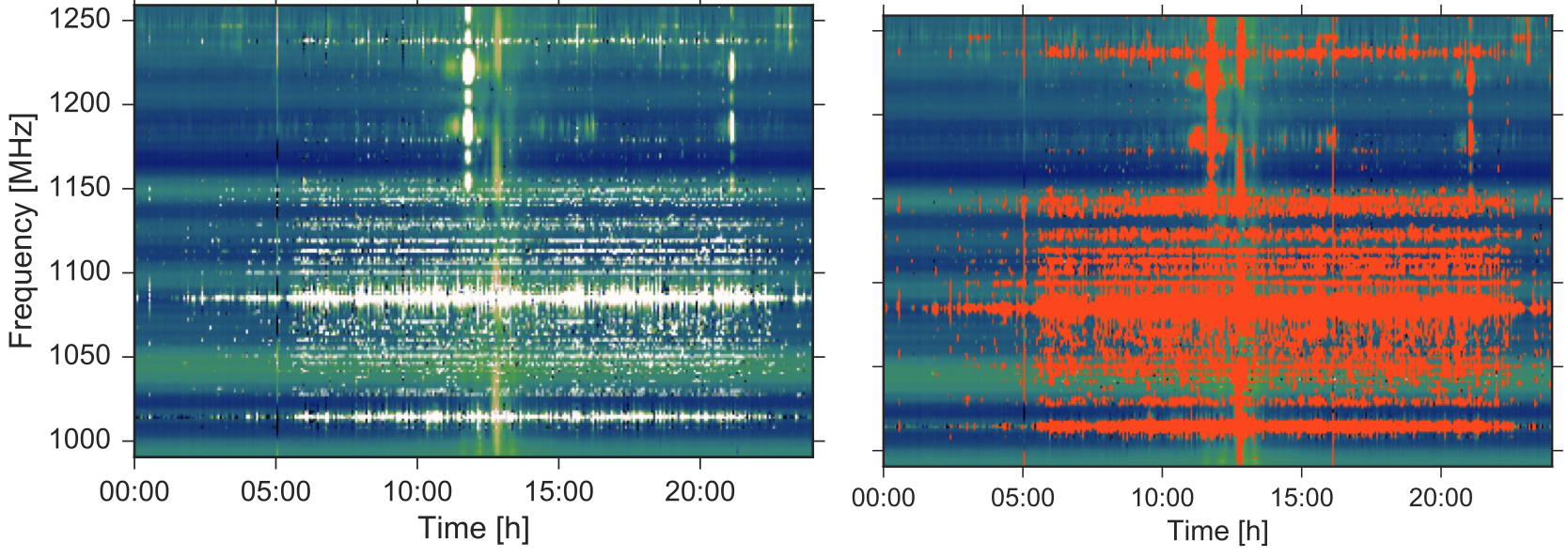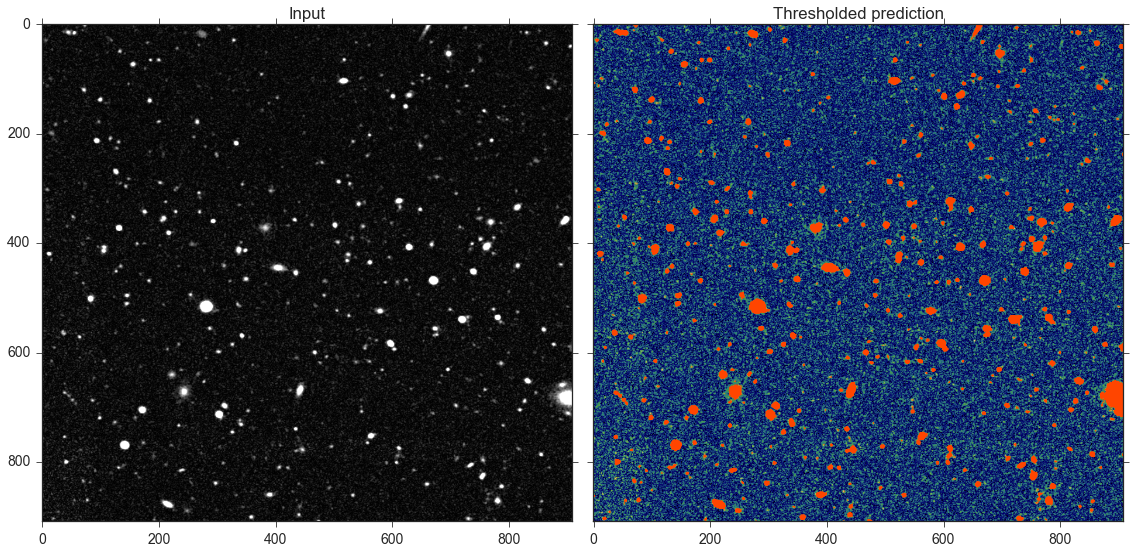python from __future__ import division, print_function %matplotlib inline import matplotlib.pyplot as plt import matplotlib import numpy as np plt.rcParams['image.cmap'] = 'gist_earth' np.random.seed(98765)
`python
from tf_unet import image_gen
from tf_unet import unet
from tf_unet import util
nx = 572
ny = 572
generator = image_gen.GrayScaleDataProvider(nx, ny, cnt=20)
x_test, y_test = generator(1)
fig, ax = plt.subplots(1,2, sharey=True, figsize=(8,4))
ax[0].imshow(x_test[0,...,0], aspect="auto")
ax[1].imshow(y_test[0,...,1], aspect="auto")
import tensorflow.compat.v1 as tf
tf.disable_v2_behavior()
net = unet.Unet(channels=generator.channels, n_class=generator.n_class, layers=3, features_root=16)
trainer = unet.Trainer(net, optimizer="momentum", opt_kwargs=dict(momentum=0.2))
path = trainer.train(generator, "./unet_trained", training_iters=32, epochs=10, display_step=2)
`
the error of the path
TypeError Traceback (most recent call last)
in
----> 1 path = trainer.train(generator, "./unet_trained", training_iters=32, epochs=10, display_step=2)
~/.local/lib/python3.8/site-packages/tf_unet-0.1.2-py3.8.egg/tf_unet/unet.py in train(self, data_provider, output_path, training_iters, epochs, dropout, display_step, restore, write_graph, prediction_path)
447
448 if step % display_step == 0:
--> 449 self.output_minibatch_stats(sess, summary_writer, step, batch_x,
450 util.crop_to_shape(batch_y, pred_shape))
451
~/.local/lib/python3.8/site-packages/tf_unet-0.1.2-py3.8.egg/tf_unet/unet.py in output_minibatch_stats(self, sess, summary_writer, step, batch_x, batch_y)
486 def output_minibatch_stats(self, sess, summary_writer, step, batch_x, batch_y):
487 # Calculate batch loss and accuracy
--> 488 summary_str, loss, acc, predictions = sess.run([self.summary_op,
489 self.net.cost,
490 self.net.accuracy,
~/anaconda3/lib/python3.8/site-packages/tensorflow/python/client/session.py in run(self, fetches, feed_dict, options, run_metadata)
955
956 try:
--> 957 result = self._run(None, fetches, feed_dict, options_ptr,
958 run_metadata_ptr)
959 if run_metadata:
~/anaconda3/lib/python3.8/site-packages/tensorflow/python/client/session.py in _run(self, handle, fetches, feed_dict, options, run_metadata)
1163
1164 # Create a fetch handler to take care of the structure of fetches.
-> 1165 fetch_handler = _FetchHandler(
1166 self._graph, fetches, feed_dict_tensor, feed_handles=feed_handles)
1167
~/anaconda3/lib/python3.8/site-packages/tensorflow/python/client/session.py in init(self, graph, fetches, feeds, feed_handles)
475 """
476 with graph.as_default():
--> 477 self._fetch_mapper = _FetchMapper.for_fetch(fetches)
478 self._fetches = []
479 self._targets = []
~/anaconda3/lib/python3.8/site-packages/tensorflow/python/client/session.py in for_fetch(fetch)
264 elif isinstance(fetch, (list, tuple)):
265 # NOTE(touts): This is also the code path for namedtuples.
--> 266 return _ListFetchMapper(fetch)
267 elif isinstance(fetch, collections_abc.Mapping):
268 return _DictFetchMapper(fetch)
~/anaconda3/lib/python3.8/site-packages/tensorflow/python/client/session.py in init(self, fetches)
376 else:
377 self._fetch_type = type(fetches)
--> 378 self._mappers = [_FetchMapper.for_fetch(fetch) for fetch in fetches]
379 self._unique_fetches, self._value_indices = _uniquify_fetches(self._mappers)
380
~/anaconda3/lib/python3.8/site-packages/tensorflow/python/client/session.py in (.0)
376 else:
377 self._fetch_type = type(fetches)
--> 378 self._mappers = [_FetchMapper.for_fetch(fetch) for fetch in fetches]
379 self._unique_fetches, self._value_indices = _uniquify_fetches(self._mappers)
380
~/anaconda3/lib/python3.8/site-packages/tensorflow/python/client/session.py in for_fetch(fetch)
260 """
261 if fetch is None:
--> 262 raise TypeError('Fetch argument %r has invalid type %r' %
263 (fetch, type(fetch)))
264 elif isinstance(fetch, (list, tuple)):
TypeError: Fetch argument None has invalid type <class 'NoneType'>







 And I just want extract buildings from image, and my mask label channels is 3,should i set n_class=3 ?
And I just want extract buildings from image, and my mask label channels is 3,should i set n_class=3 ?